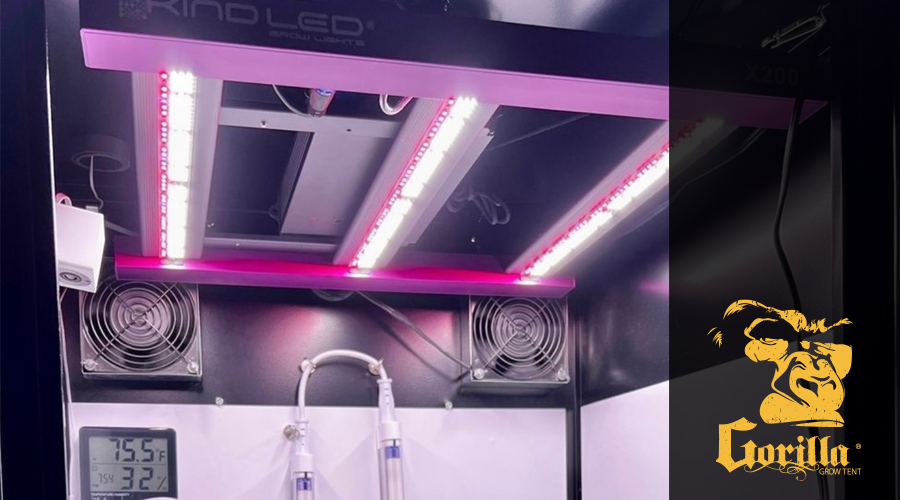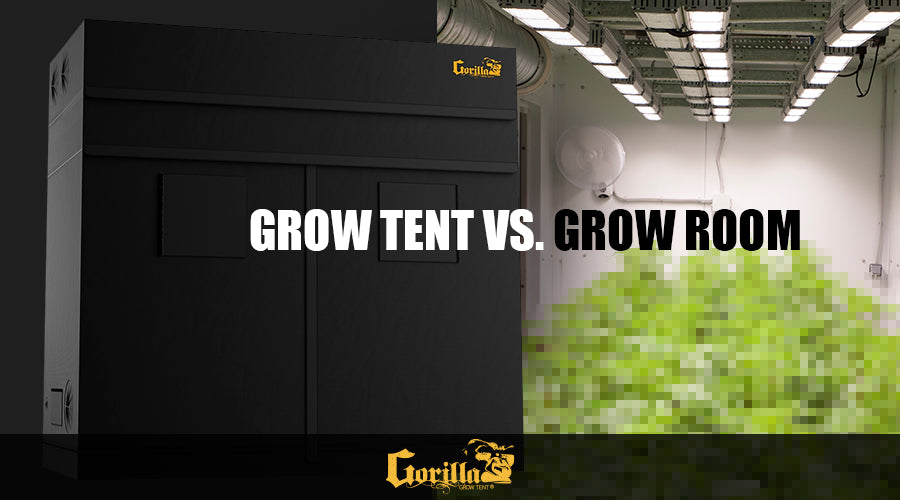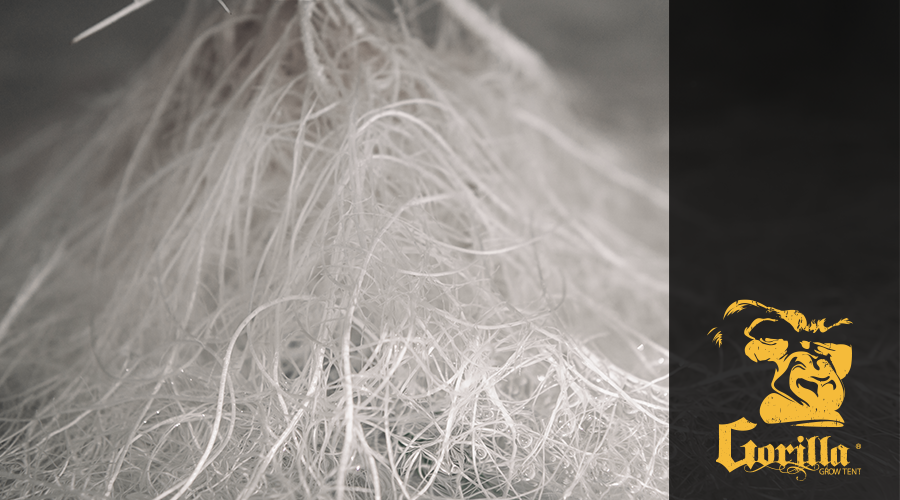
The Green Revolution: Exploring the World of Hydroponic Indoor Plants
In recent years, the allure of indoor gardening has captivated plant enthusiasts worldwide. Among the various indoor cultivation methods, hydroponics has become a popular choice for novices and experienced growers.
Hydroponic systems offer many benefits that can transform your indoor space into a flourishing oasis of greenery by eliminating the need for soil and relying on nutrient-rich water solutions.
Whether you are an urban dweller with limited space or an avid gardener seeking a year-round oasis, hydroponics opens up a world of possibilities.
A Guide to Hydroponic Indoor Gardening
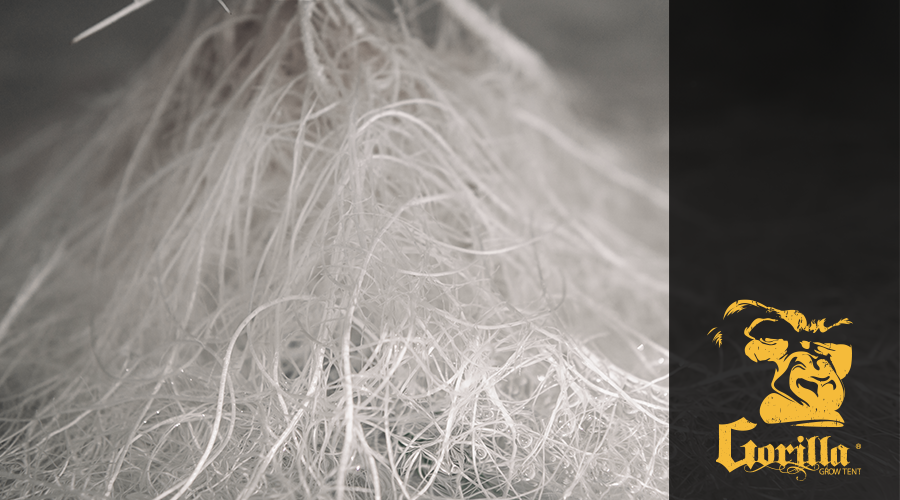
What is Hydroponics?
Hydroponics is a method of growing plants without soil, where the roots are immersed in a nutrient-rich water solution. By providing essential nutrients directly to the plant's roots, hydroponics allows for enhanced growth, increased yields, and improved resource efficiency. This soil-less technique offers precise control over the growing environment, enabling plants to thrive indoors.
Advantages of Hydroponic Indoor Plants
Space Efficiency: With hydroponics, you can cultivate plants vertically, making the most of limited space. You can create a lush garden even in the smallest apartments using stacked or hanging systems.
Optimal Nutrient Absorption: In hydroponics, plants have unrestricted access to essential nutrients. This direct nutrient uptake eliminates the need for plants to search for nutrients in the soil, resulting in faster growth rates and healthier plants.
Water Conservation: Hydroponic systems use significantly less water than traditional soil-based gardening. Hydroponics reduces water waste and promotes eco-friendly cultivation by recirculating water and minimizing evaporation.
Year-round Growing: Indoor hydroponic gardens enable year-round cultivation regardless of the external weather conditions. This allows you to enjoy fresh herbs, vegetables, and ornamental plants, even in winter.
Pest and Weed Control: Soil-borne pests and weeds can wreak havoc on traditional gardens. However, hydroponics minimizes the risk of infestations, as the absence of soil eliminates a common breeding ground for pests and weeds.
Choosing the Right Hydroponic System
Wick System: Ideal for beginners, this passive system uses a wick to deliver nutrients to the plant roots. It is simple, inexpensive, and low maintenance.
Deep Water Culture (DWC): Plants float directly on nutrient-rich water in this system. An air stone provides oxygen to the roots, ensuring optimal growth.
Nutrient Film Technique (NFT): Plants are grown in a sloping trough, and a thin film of nutrient-rich water flows over the roots. This system promotes excellent nutrient absorption and is commonly used for lettuce and other leafy greens.
Ebb and Flow (Flood and Drain): In an ebb and flow system, the nutrient solution floods the plants' roots periodically before draining away. This cyclic process prevents waterlogging and encourages oxygenation.
Aeroponics: This advanced system suspends plant roots in the air and mist them with a nutrient solution. Aeroponics offers rapid growth rates and efficient nutrient absorption but requires careful monitoring.
Essential Factors for Success
Lighting: Indoor plants require sufficient light for photosynthesis. LED grow lights are popular, providing energy-efficient and customizable lighting options for different plant species.
Nutrient Solution: Choosing the right nutrient solution is crucial for the healthy growth of your hydroponic plants. Balanced formulas are readily available, or you can tailor the mix to suit specific plant requirements.
pH and EC Levels: Monitoring and adjusting the pH and electrical conductivity (EC) levels of the nutrient solution is essential for ensuring optimal nutrient absorption by the plants.
Temperature and Humidity Control: Maintaining appropriate temperature and humidity levels within your indoor garden is crucial for preventing plant stress and disease.
Regular Monitoring and Maintenance: Hydroponic systems require regular monitoring to ensure proper functioning. This includes checking nutrient levels, maintaining a clean growing environment, and addressing any issues promptly.
Popular Hydroponic Indoor Plants
Leafy Greens: Lettuce, spinach, kale, and Swiss chard thrive in hydroponic systems. Their rapid growth and shallow root systems are ideal for various hydroponic setups.
Herbs: Basil, parsley, cilantro, and mint are excellent choices for indoor hydroponic gardens. They add fragrance, flavor, and a touch of greenery to your culinary endeavors.
Tomatoes: Compact and determinate varieties of tomatoes can be successfully grown hydroponically. You can enjoy juicy, vine-ripened tomatoes year-round with proper support and pruning.
Strawberries: Hydroponic systems provide an ideal environment for strawberries. Their hanging growth habit allows easy maintenance and abundant sweet, juicy berries yields.
Orchids: These delicate and exotic flowers flourish in hydroponic environments. You can showcase stunning orchids in your indoor garden with precise watering and nutrient delivery control.
DIY Hydroponic Systems
PVC Pipe System: By drilling holes in a PVC pipe and inserting net pots, you can create a vertical hydroponic system for growing herbs or leafy greens.
Mason Jar System: This simple setup uses mason jars, net pots, and an air stone to grow small herbs or lettuce varieties.
Bucket System: A popular choice for larger plants like tomatoes, the bucket system utilizes individual buckets with nutrient-rich water and an air stone for oxygenation.
Vertical Tower System: You can maximize space while cultivating various plants using stacked trays or towers with built-in watering and lighting systems.
Troubleshooting Common Issues
Nutrient Imbalances: Monitor nutrient levels regularly and adjust the solution as needed to prevent deficiencies or toxicities that can hinder plant growth.
pH Fluctuations: Fluctuating pH levels can affect nutrient availability. Use a pH testing kit and adjust the solution to maintain the ideal pH range for your plants.
Algae Growth: Algae can develop in the nutrient solution or the growing medium. Prevent it by keeping the system clean, using opaque containers, and reducing light exposure.
Root Rot: Overwatering or poor oxygenation can lead to root rot. Ensure proper drainage, oxygenate the root zone, and maintain a clean and sterile growing environment.
Pests and Diseases: Hydroponics minimizes the risk of pests and diseases; monitoring plants for any signs of infestation or infection is essential. Use organic pest control methods or consult a specialist for effective remedies.
Hydroponic indoor gardening opens up endless possibilities for cultivating various plants, from leafy greens and herbs to vibrant flowers and fruits. By embracing this innovative approach, you can transform your living space into a thriving oasis that provides beauty, sustenance, and a deep connection to nature.
So, unleash your green thumb, embrace the art of hydroponics, and embark on a journey of growth and serenity within your own four walls.
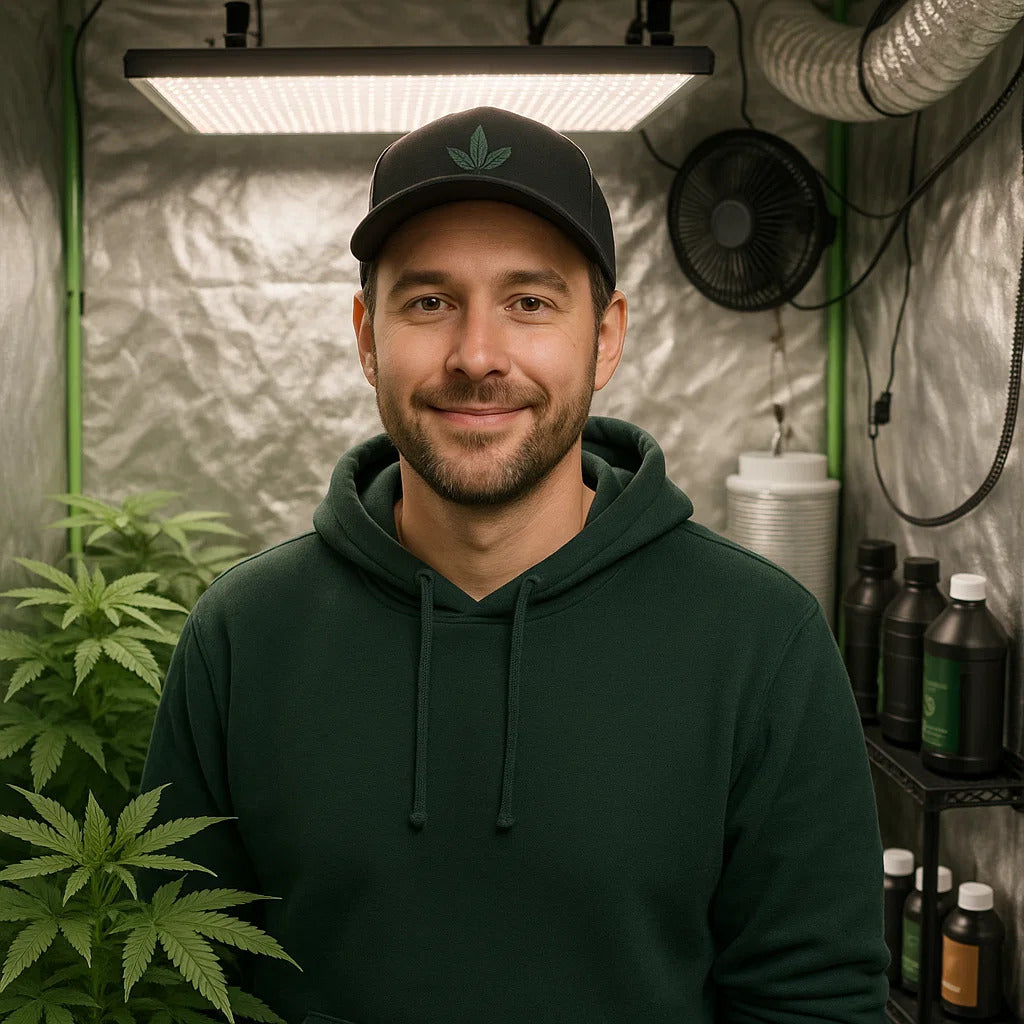
Lena Myles
I'm a mushroom enthusiast and home cook based in Oregon. I'm passionate about foraging and creating fungi-focused recipes, especially delicious, plant-based dishes using gourmet mushrooms like trumpet, shiitake, and oyster. When I’m not in the kitchen, you’ll usually find me wandering the woods in search of new wild flavors.

